
The 15th Biennial Fotofest in Houston provides a counterpoint to many of the contemporary art fairs underway around the country, where representation of work by Arab photographers is often scant. View From Inside: Contemporary Arab Photography, Video and Mixed Media Art brings into focus 49 Arab visual artists, a third of whom are women, from 13 countries — the first survey of its size and scope in more than a decade.
“Does contemporary art even exist in Arab countries?” writes lead Biennial curator Karin Adrian von Roques. “If so, is it good art? Don’t the artists mostly just imitate Western art? Can art even come about when there is an Islamic ban on pictures?”
These are the questions and misconceptions von Roques has heard while surveying contemporary art fairs beginning in the 1990s.
She first encountered an “astonishingly vibrant” art scene in Morocco during her travels and studio visits as early as the 1970s — an experience that led her all the way to the Gulf states. Yet to this day, in Europe and America, the common narrative of Arab artistic production concludes around the mid-19th century, or at the end of the centuries-long Classical Period. Arab visual art of our own time is “something like a no-man’s-land,” she writes, “about which little is known in any detail.”
Recent inroads have been made in the wake of hyper-urbanization in oil-rich Qatar and United Arab Emirates: Christie’s held its first auction of contemporary and modern Arab art in Dubai in 2006. While other auction houses have followed suit, Western stereotypes of monolithic backwardness still play a huge role in lowering expectations — and collectors’ interest — toward Arab work.
“Often described as pan-ethnic, linked primarily by language,” writes Fotofest co-founder Wendy Watriss, the term “Arab” is extremely elusive.
“You have may have a Palestinian artist with a passport from Kuwait, but he works in Abu Dhabi and may have studied in New York and Paris,” von Roques tells TIME. This question of identity comes up repeatedly in much of the work on view. Most of the artists have traveled extensively or lived abroad and all have created work in the midst of the digital (and social media) revolution. The artists’ self-conscious interrogation of Arabness, so to speak, is among the ways the show might set itself apart from exhibitions that risk “exoticizing” the work and having it come off as merely folkloric.
By embracing the term “Arab” and confronting its limited connotations with what von Roques calls “an unusually broad and varied selection” of work, she hopes viewers can “leave behind habitual ways of seeing and risk a change in perspective.”
View from Inside: Contemporary Arab Photography, Video and Mixed Media Art is on view at the 2014 FotoFest Biennial in Houston, Tex., March 15 – April 27, 2014.
Eugene Reznik is a Brooklyn-based writer, photographer and editor. Follow him on Twitter @eugene_reznik.



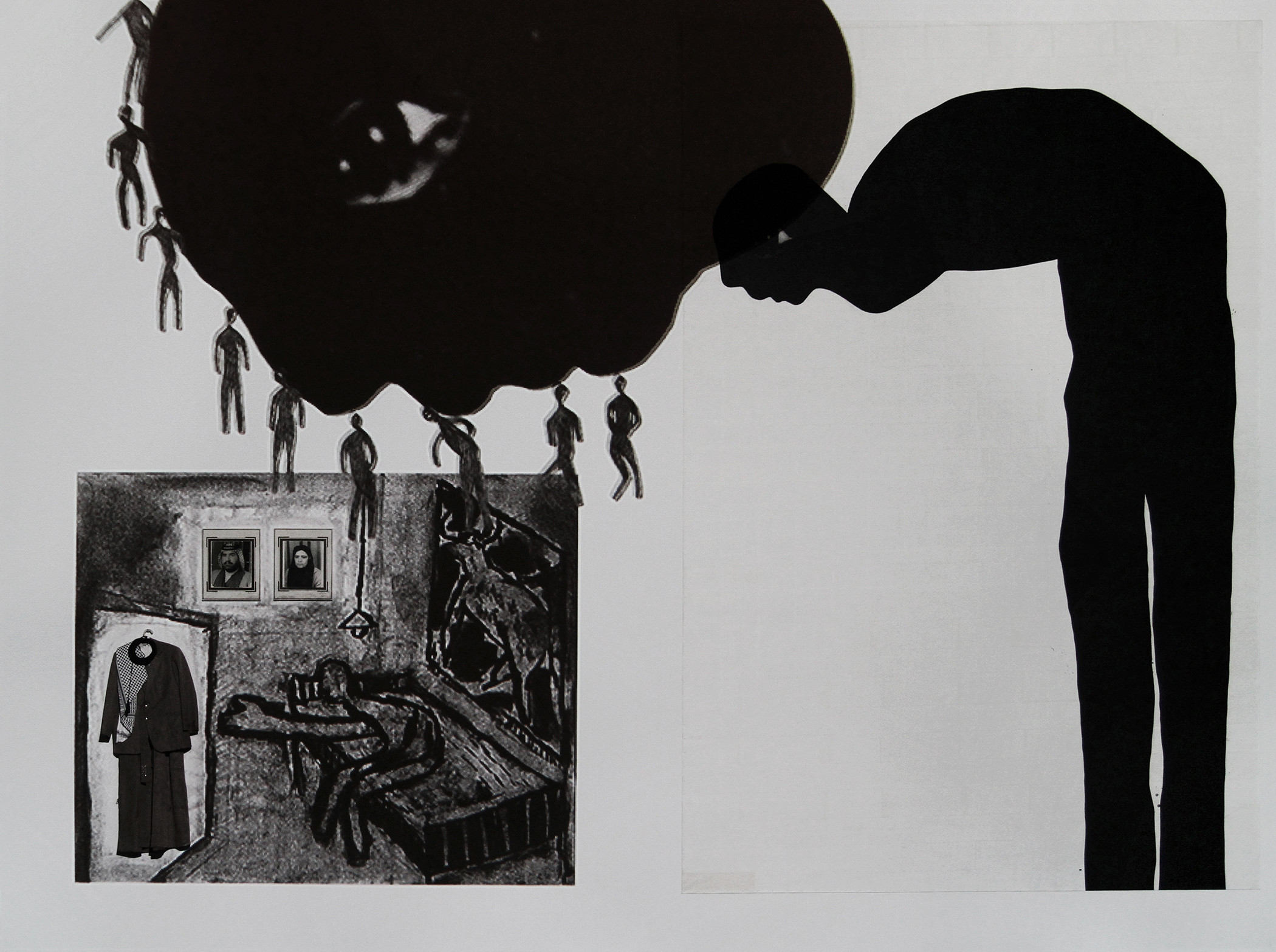

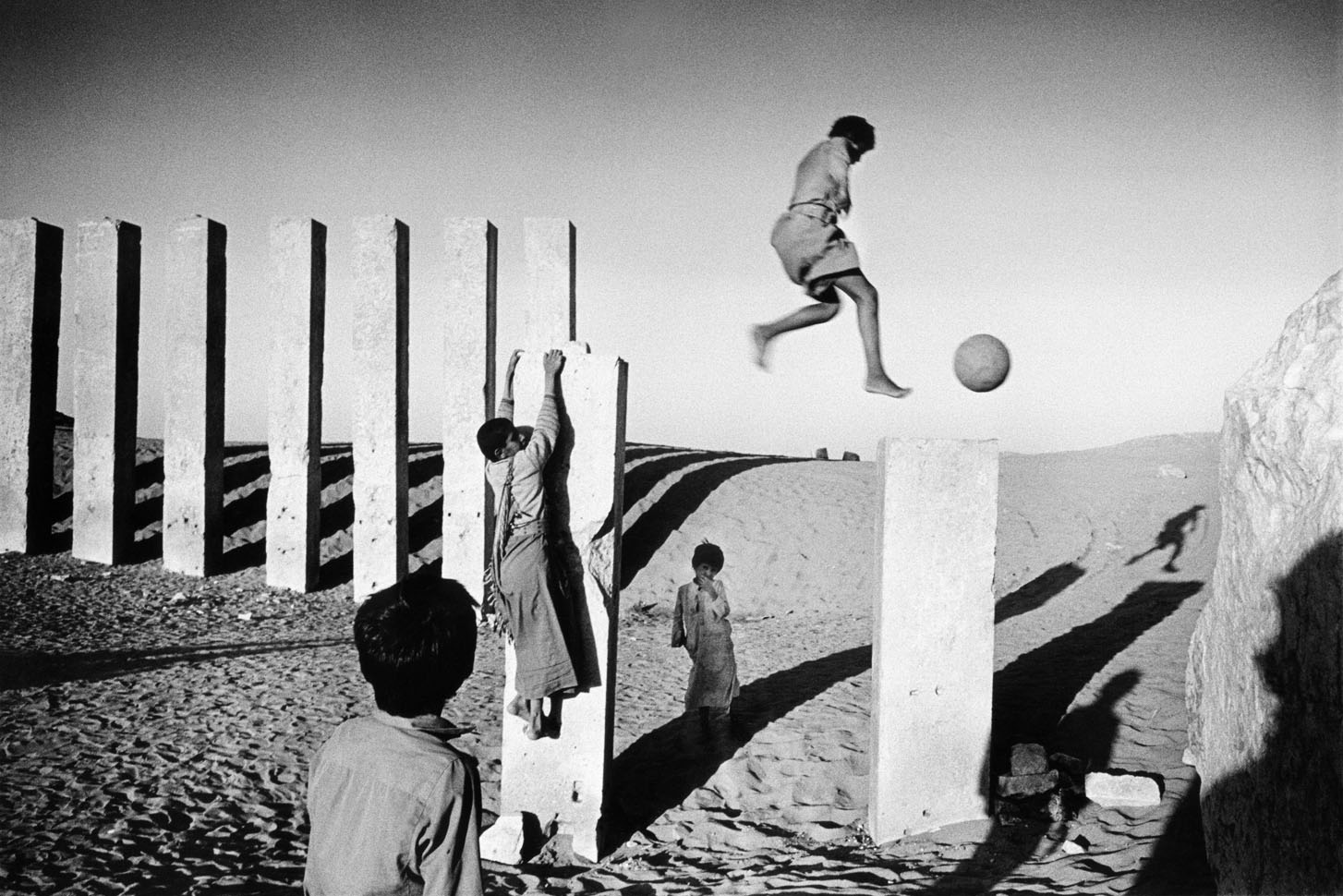
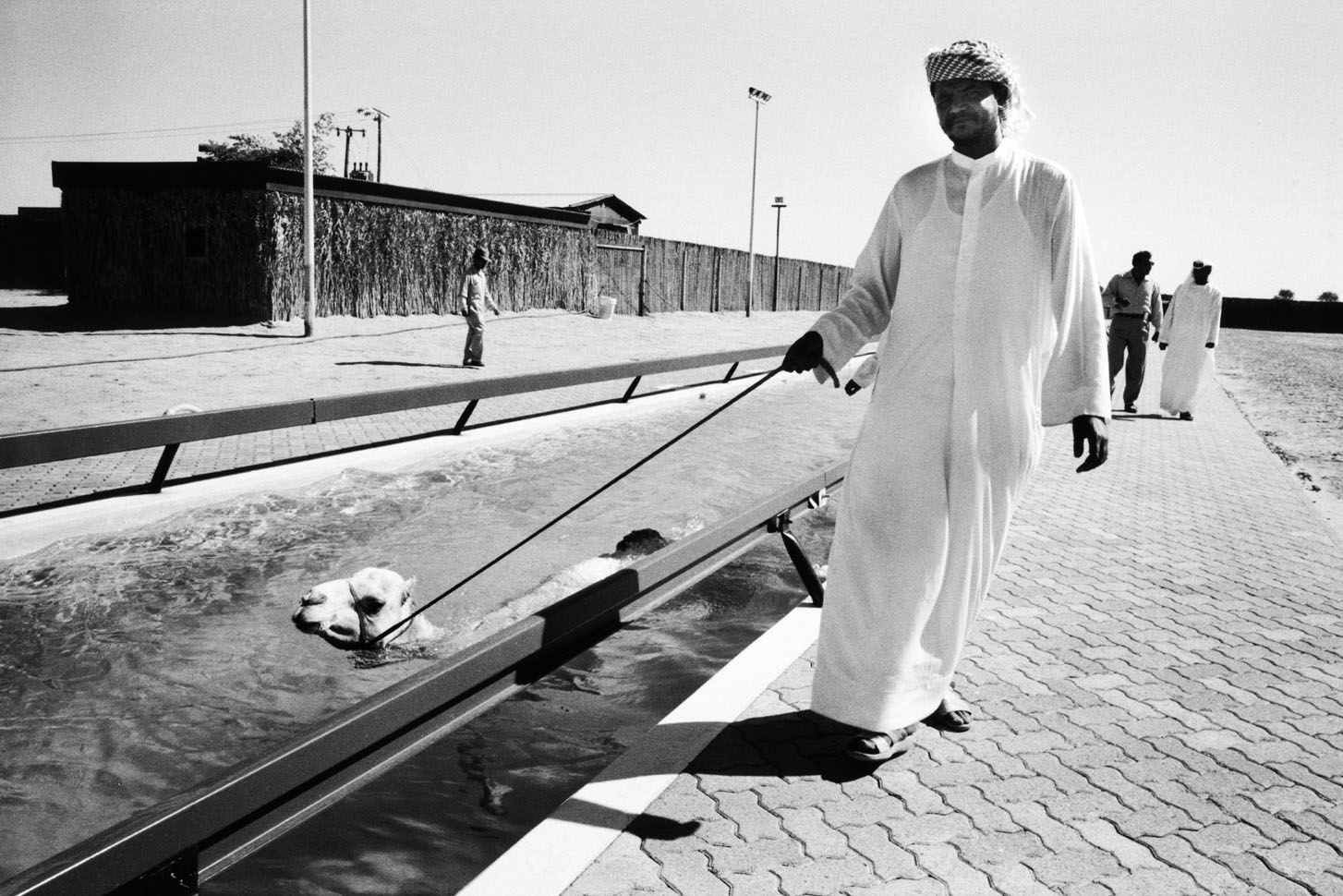
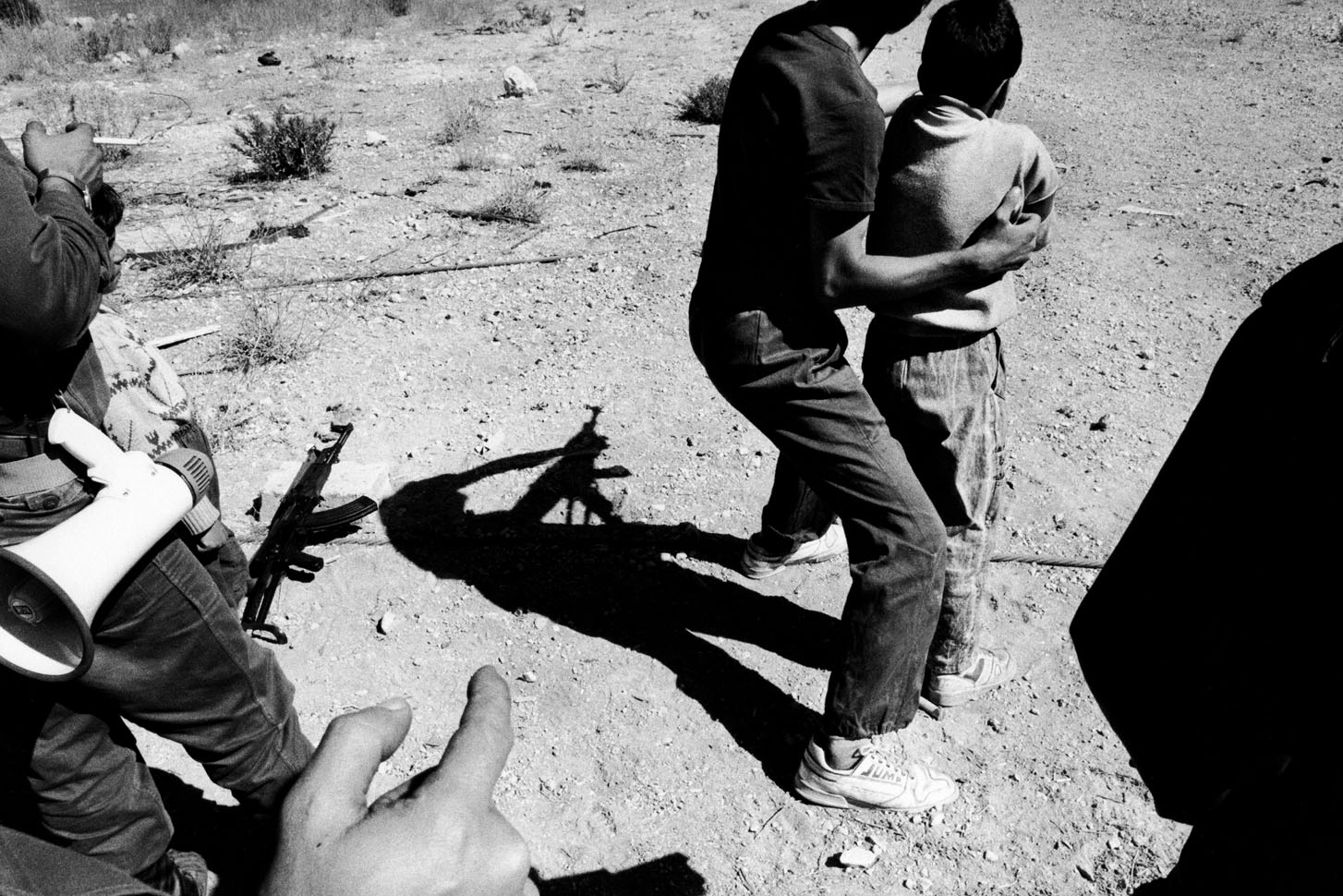
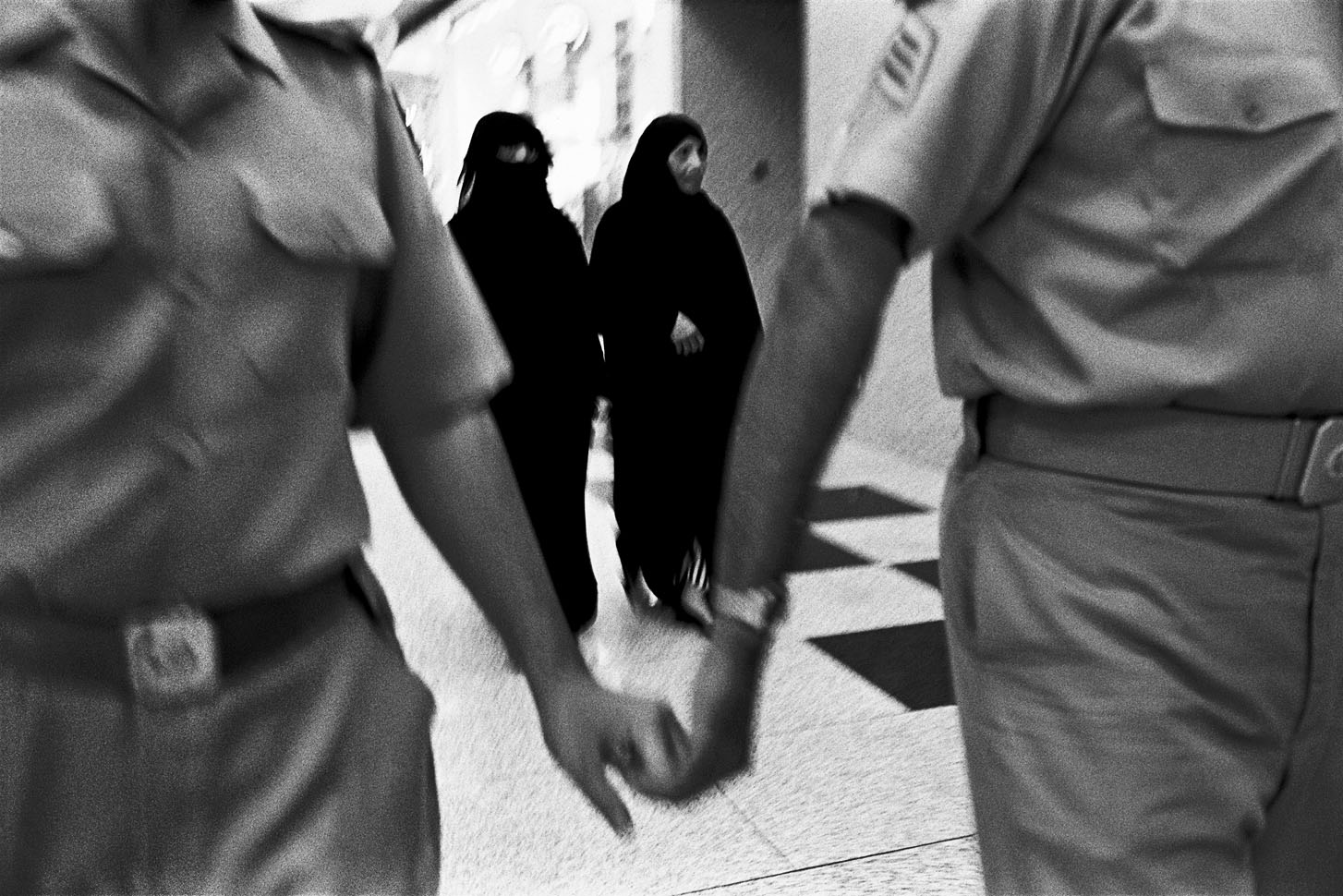


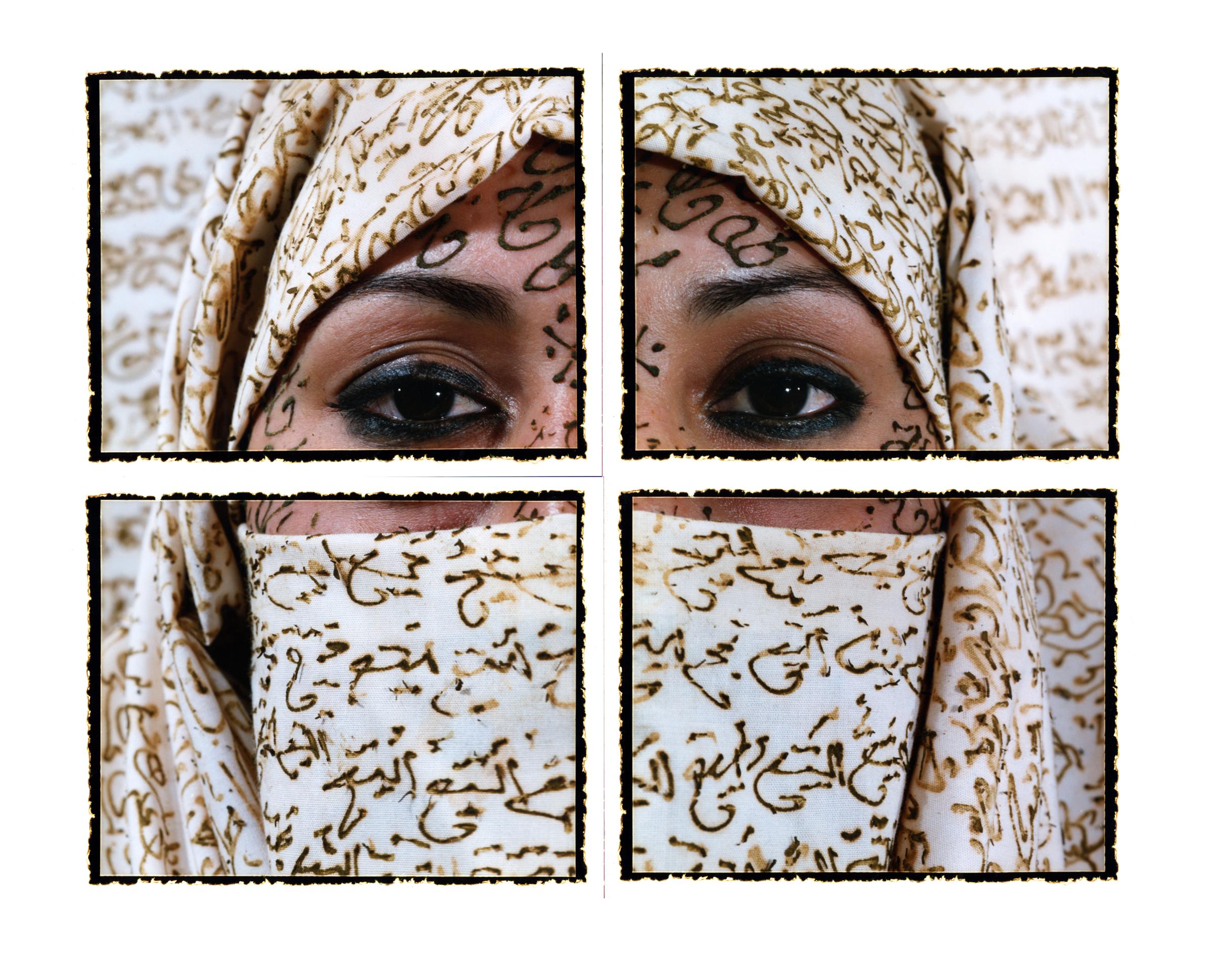
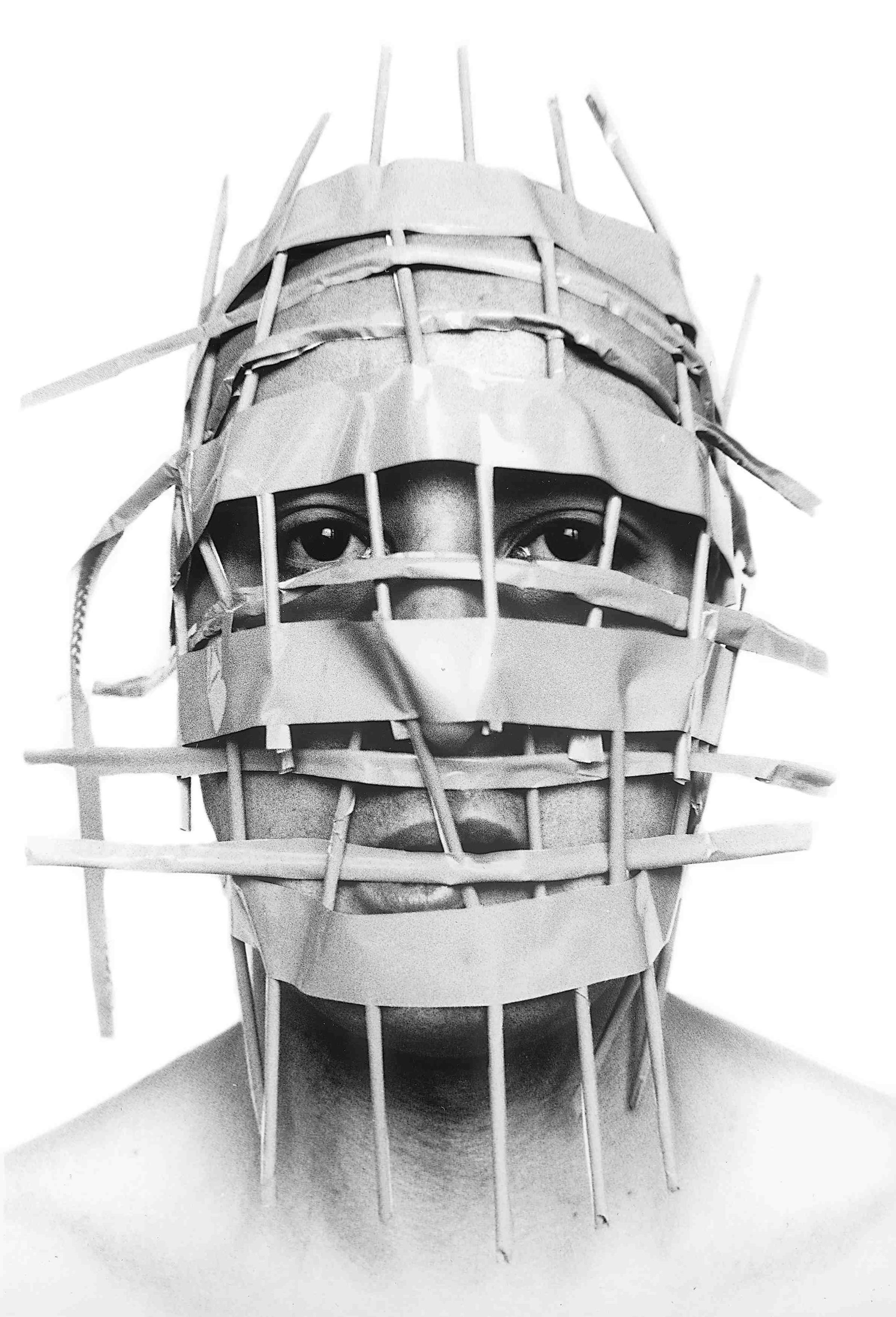

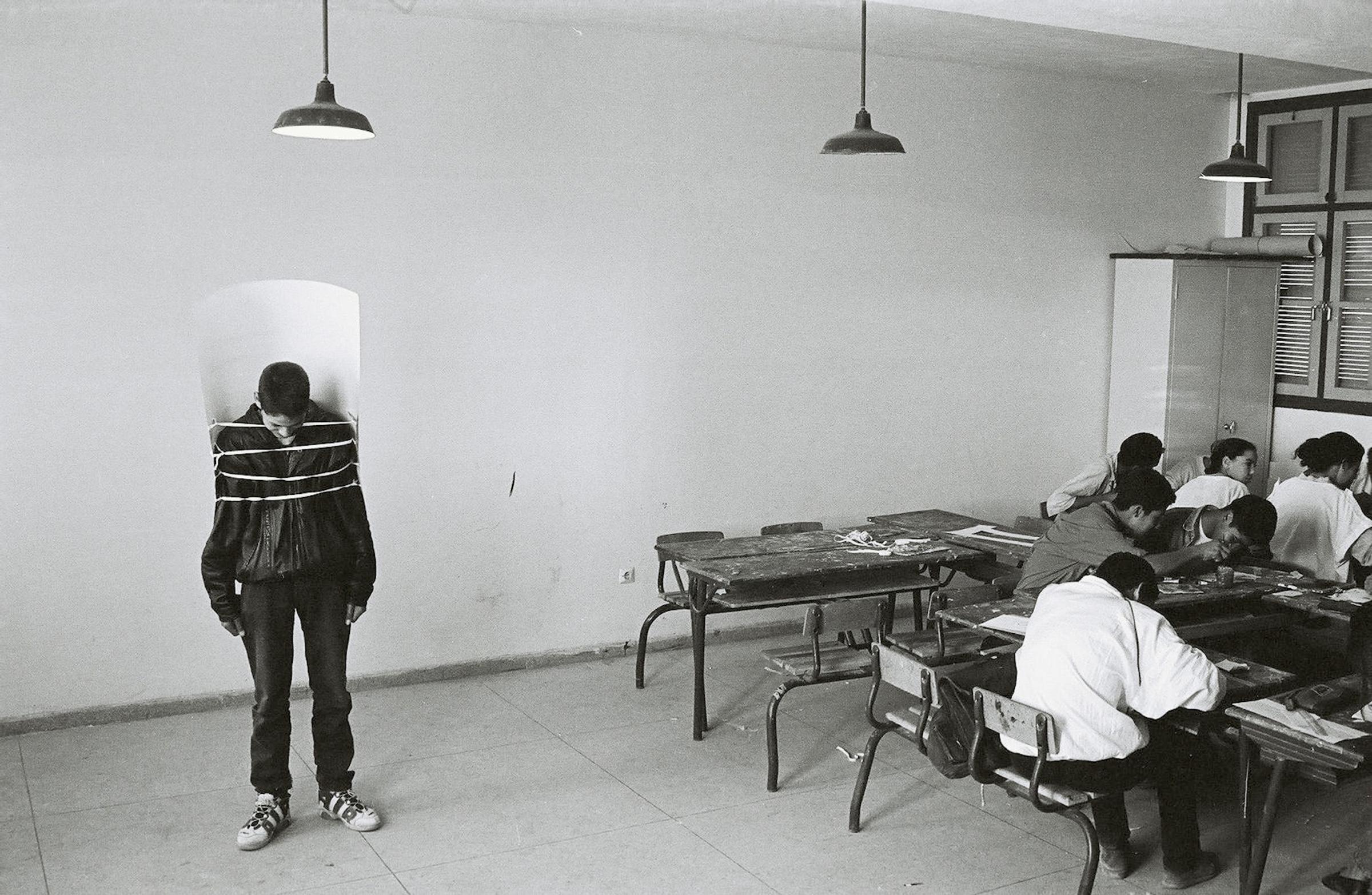
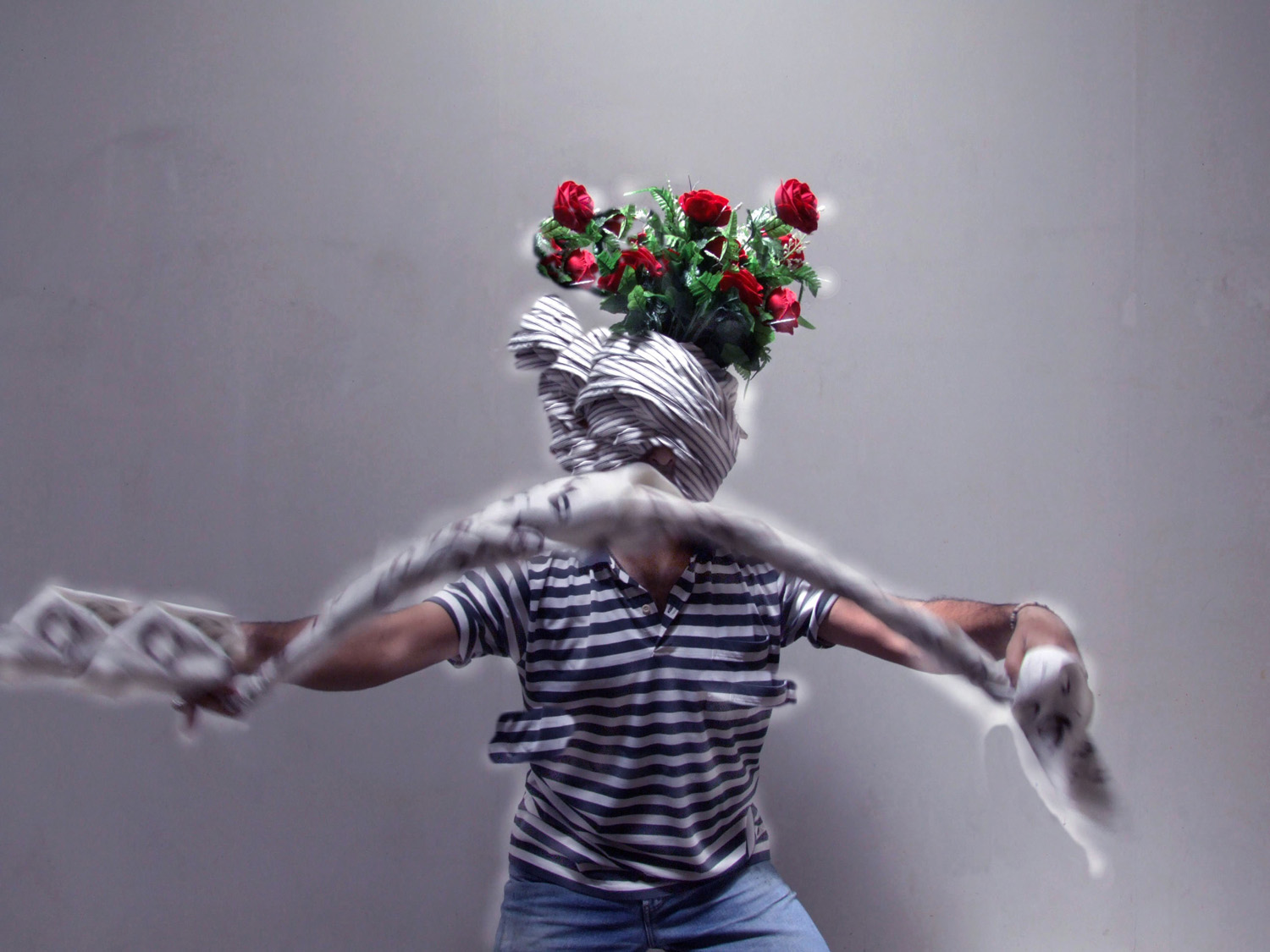
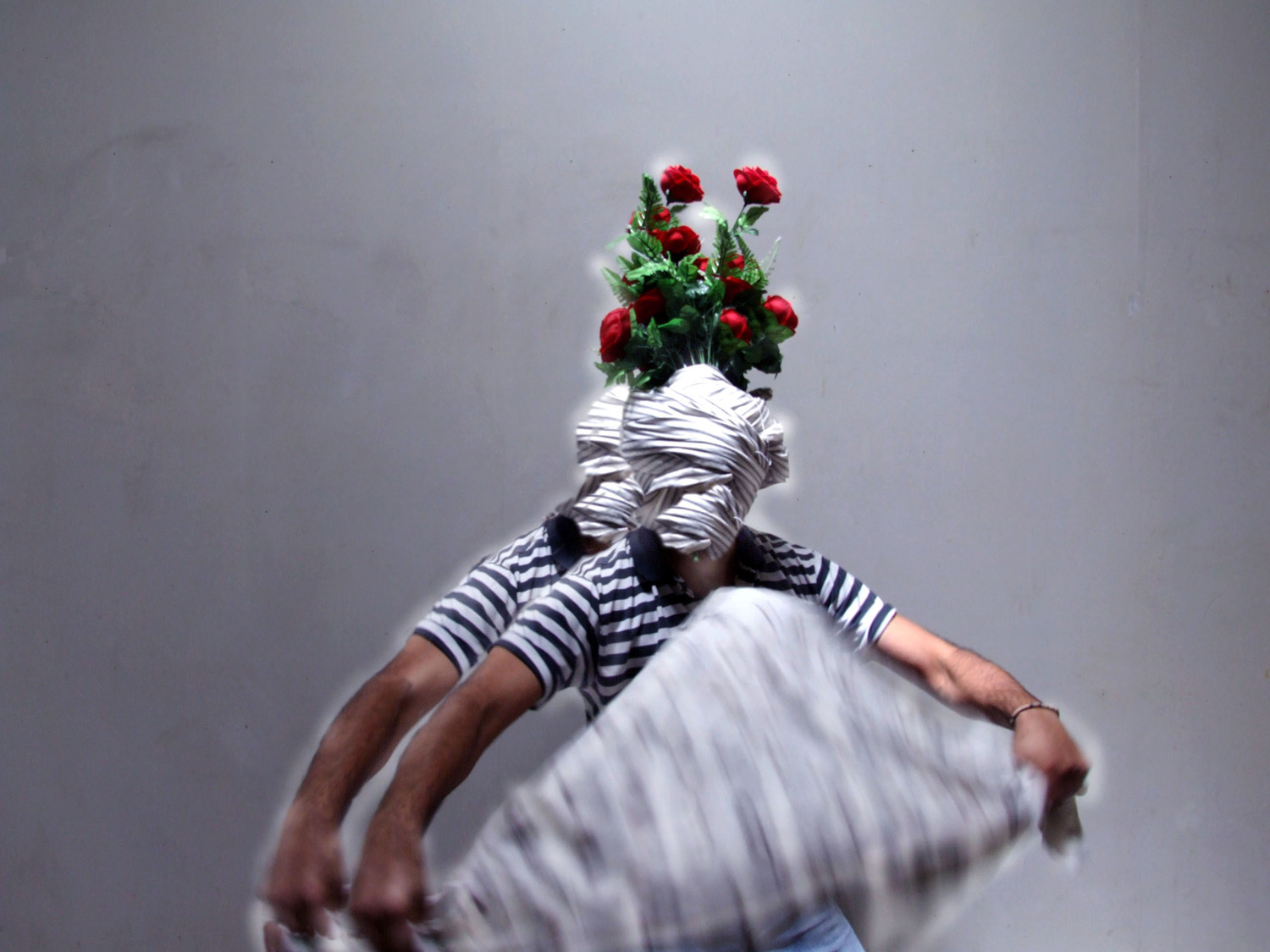
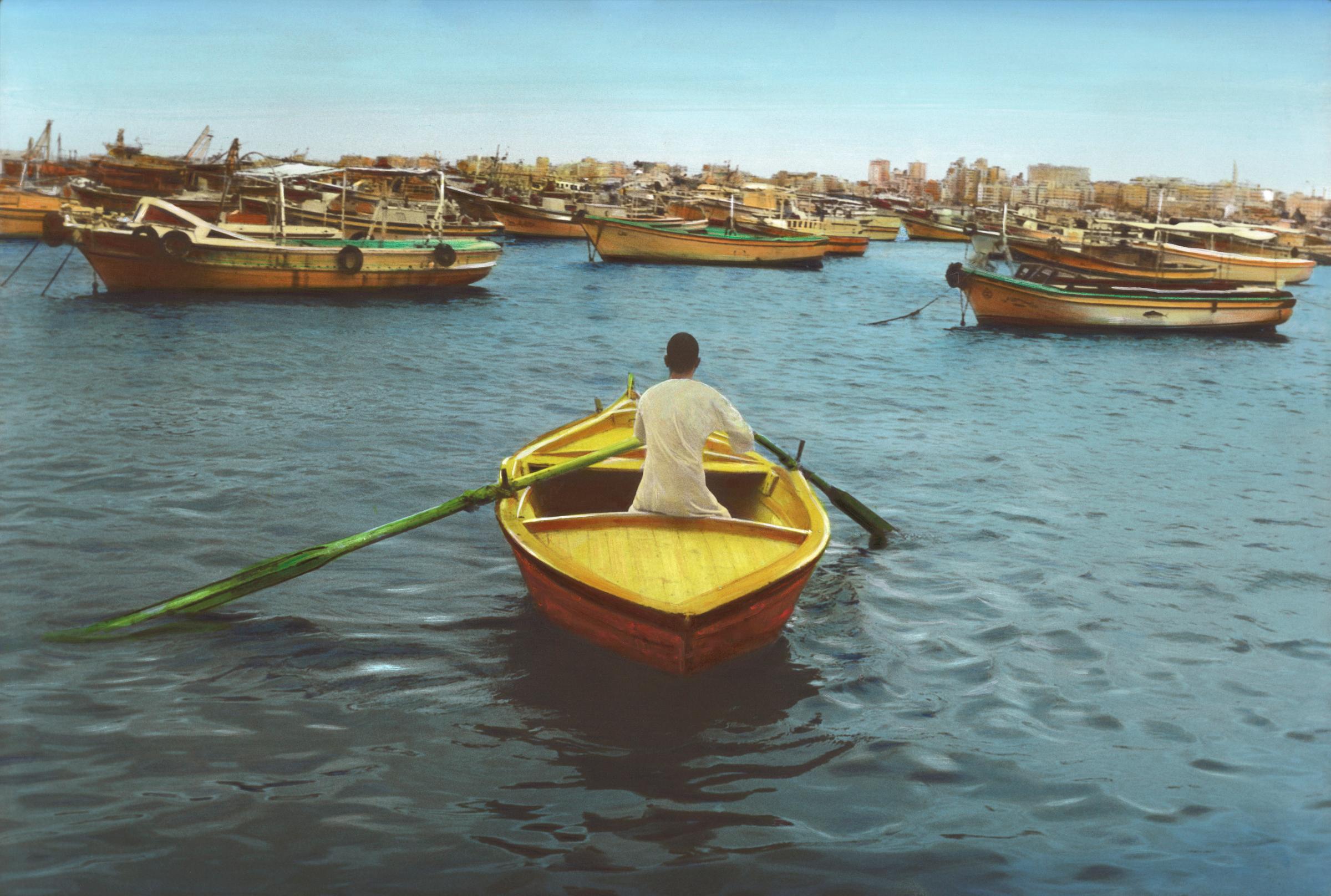
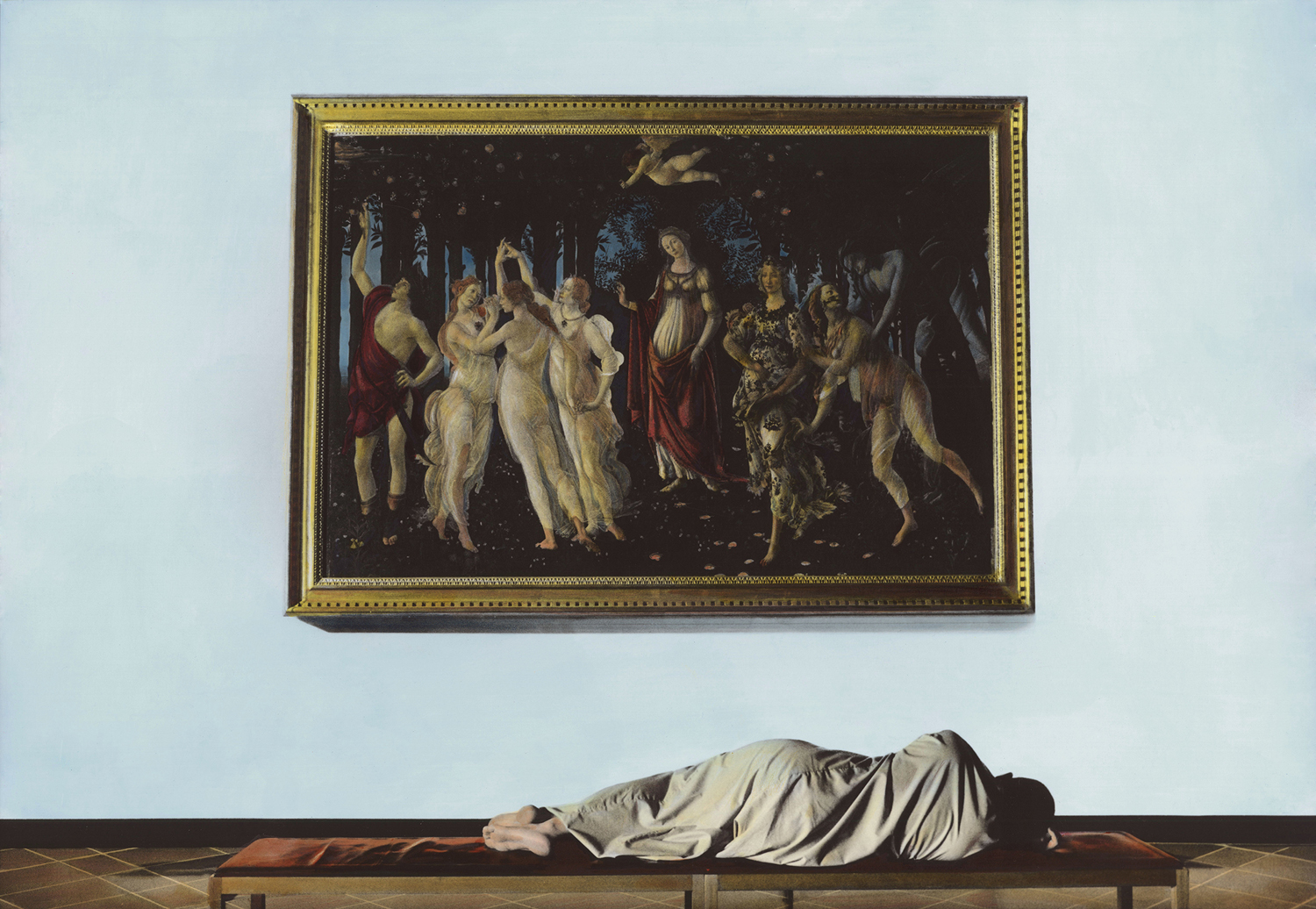

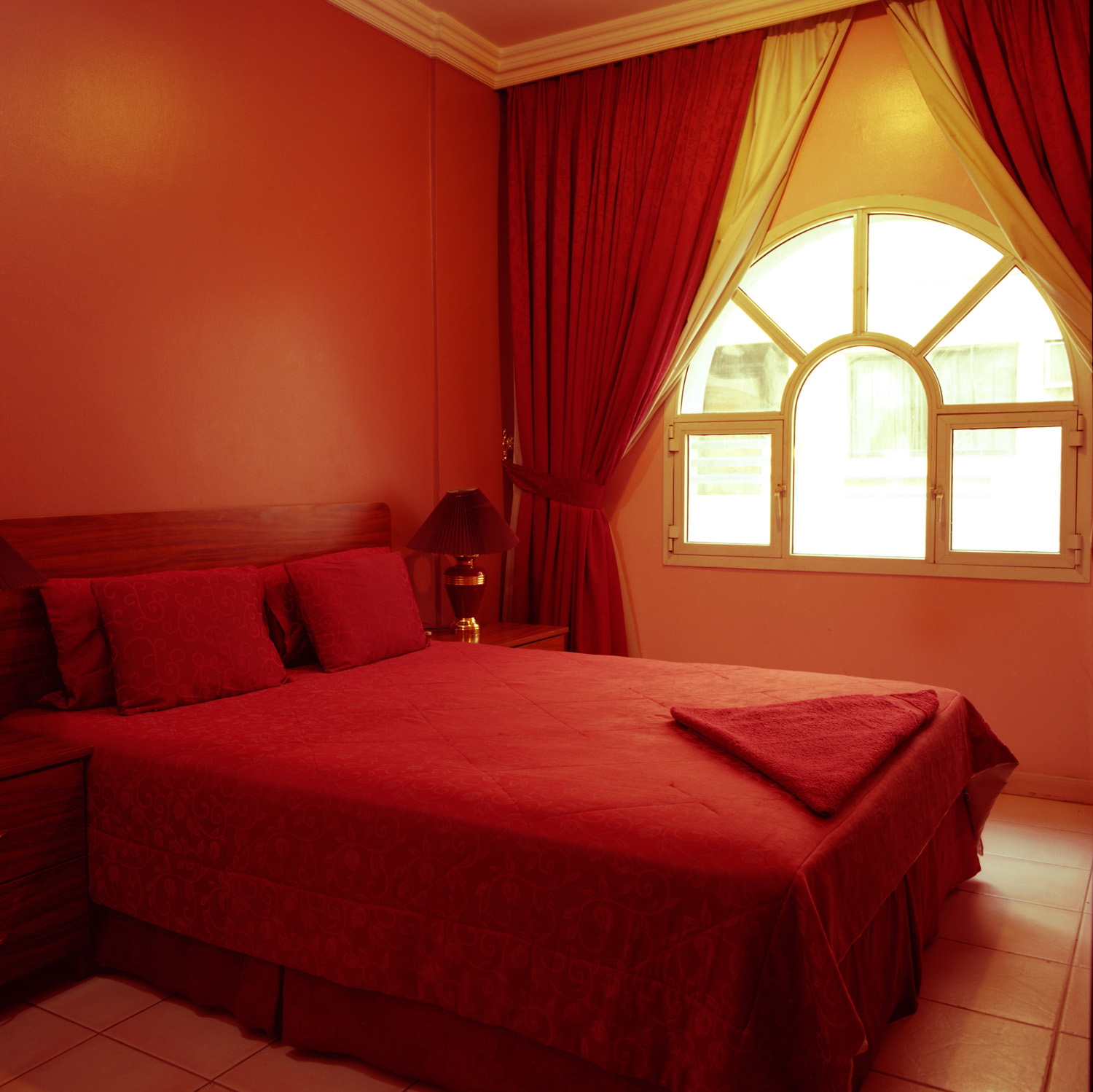
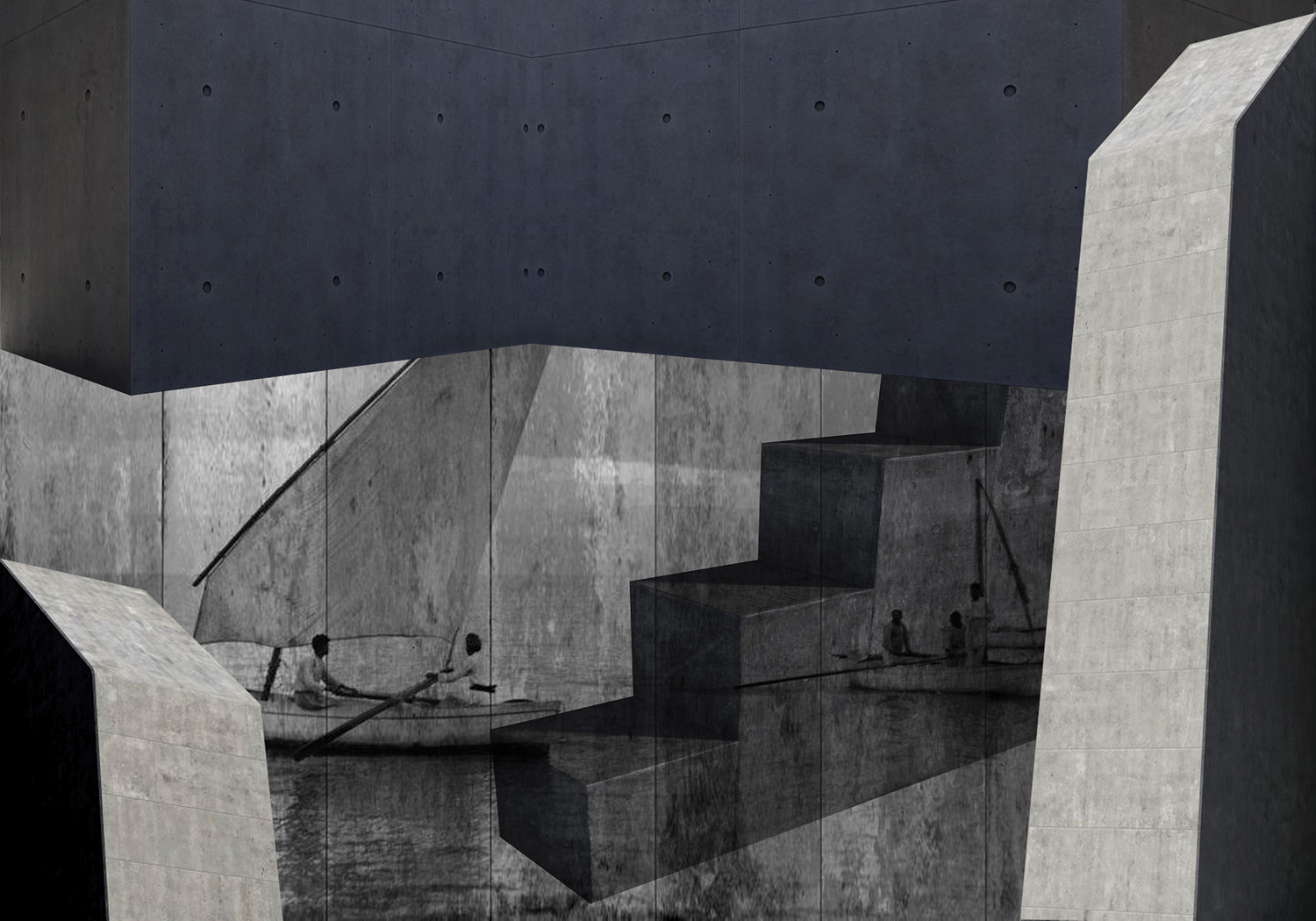
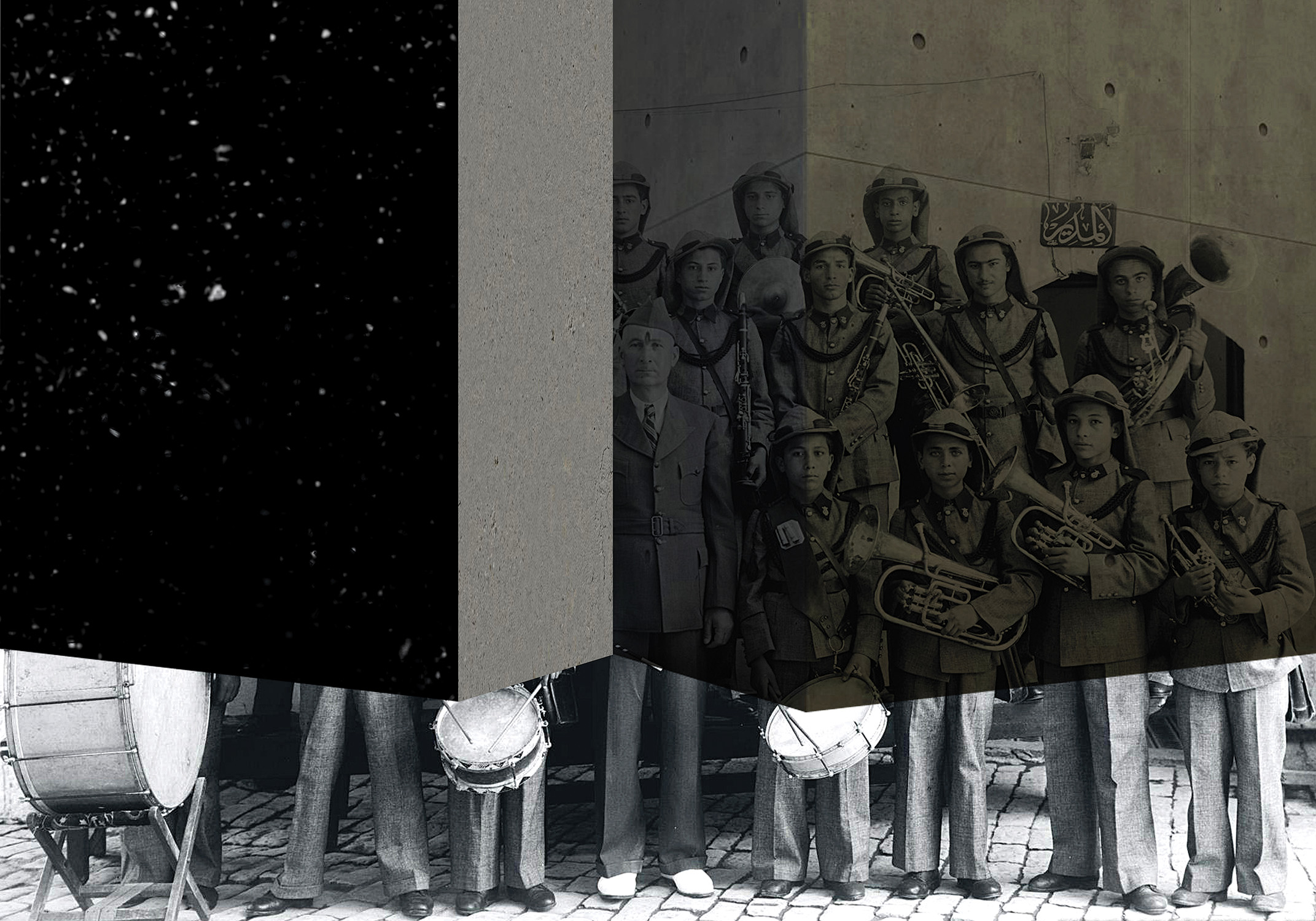

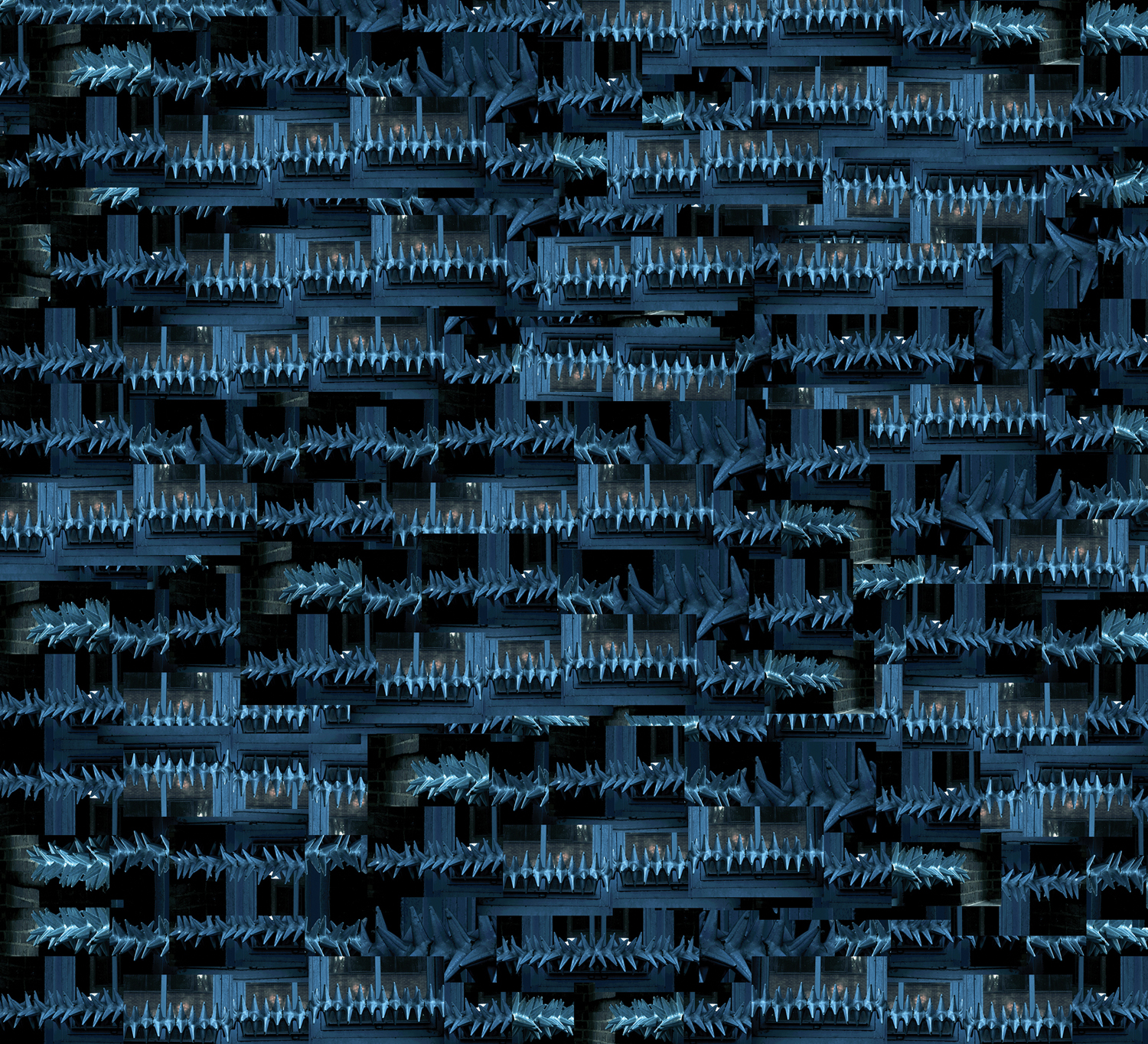

More Must-Reads from TIME
- Cybersecurity Experts Are Sounding the Alarm on DOGE
- Meet the 2025 Women of the Year
- The Harsh Truth About Disability Inclusion
- Why Do More Young Adults Have Cancer?
- Colman Domingo Leads With Radical Love
- How to Get Better at Doing Things Alone
- Michelle Zauner Stares Down the Darkness
Contact us at letters@time.com